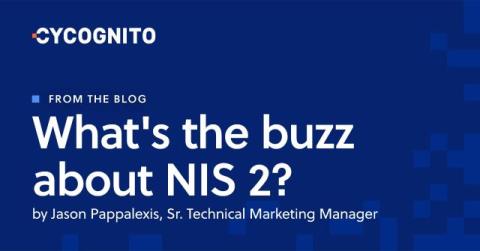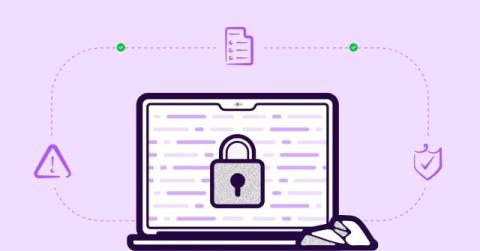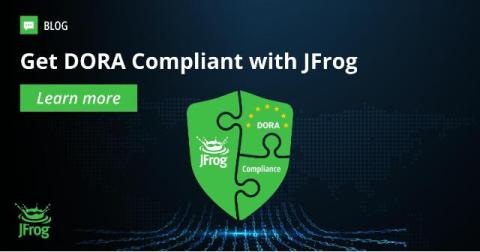Everything you should know about continuous controls monitoring (CCM)
Continuous controls monitoring (CCM) is a crucial aspect of making GRC processes more automated, accurate, and actionable through technology. It helps organizations transition from inefficient point-in-time checks to automation-driven compliance controls that provide a real-time view into their security posture. That’s why many proactive risk management teams are already prioritizing control automation for their GRC program.











